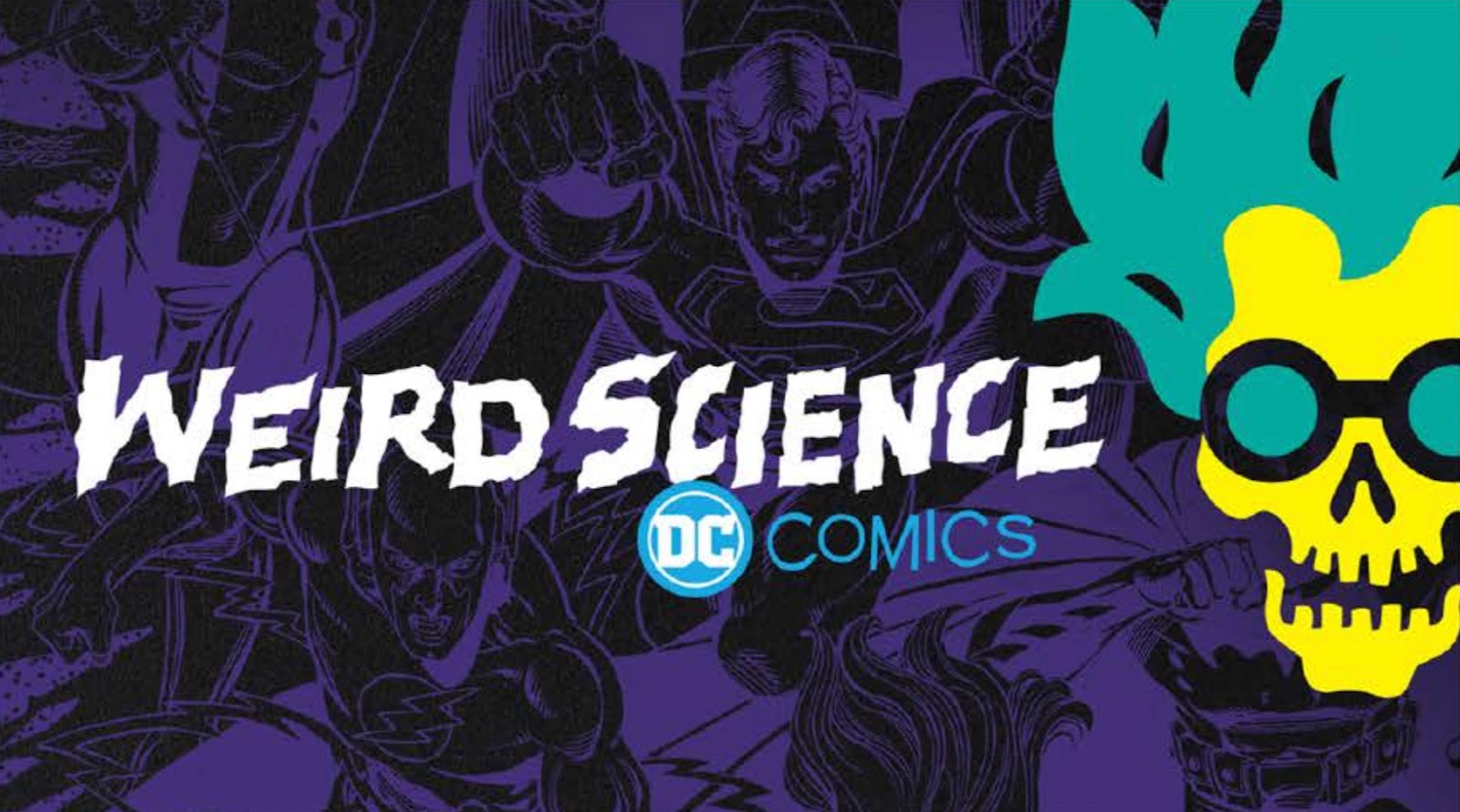Written by: Nicole Maines, Mark Waid, Chip Zdarsky, Joshua Williamson
Art by: Skylar Partridge, V Ken Marion, Gleb MelnikovColors by: Patricio Delpeche, Gleb Melnikov
Letters by: Steve Wands
Cover art by: Dan Mora
Cover price: $4.99
Release date: June 25, 2024
Absolute Power: Ground Zero #1 delivers three short stories to explain how Amanda Waller amasses a powerhouse team in advance of the Absolute Power event.


